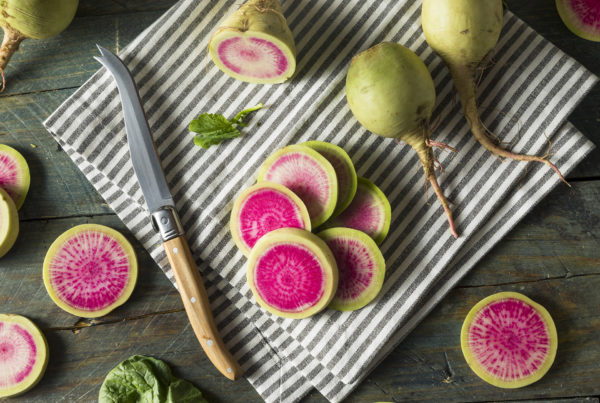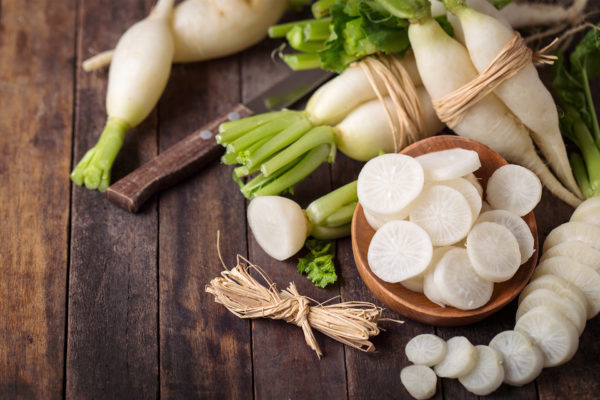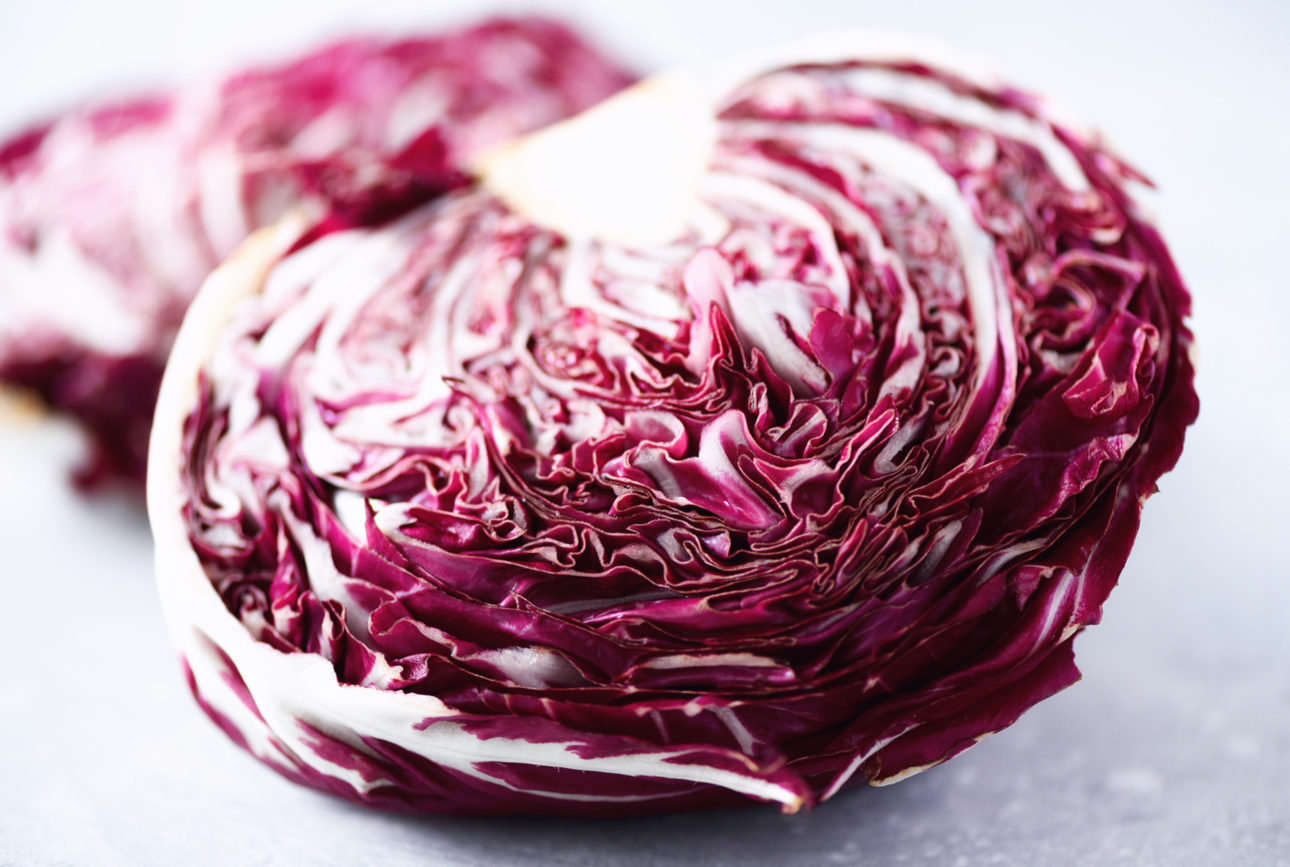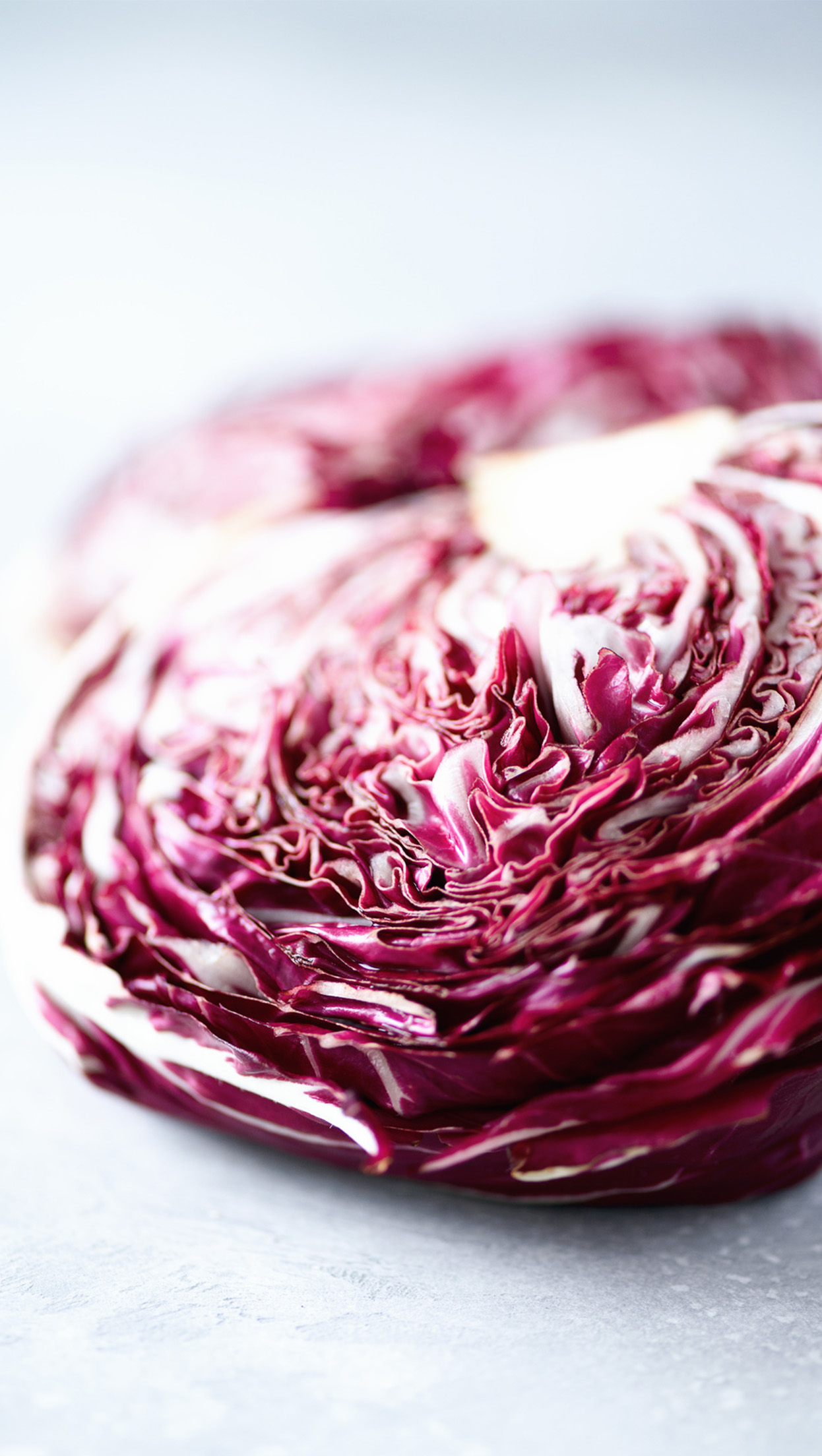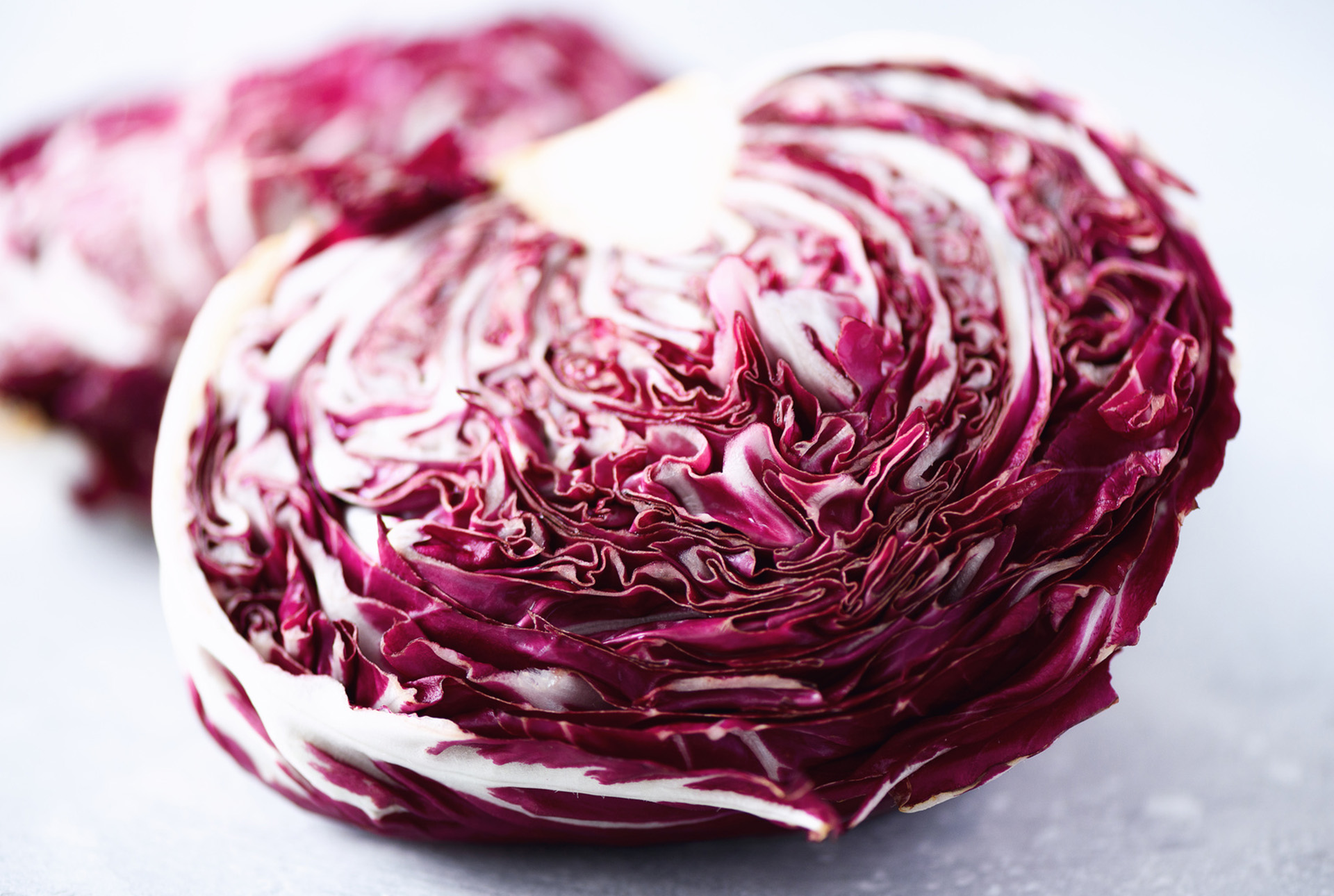
The rose of Chioggia, the radicchio variety to eat raw!
Origin
The first item in Europe bestowed a PGI mark, Chioggia radicchio can be distinguished from other varieties by its compact round shape, deep red color and strong bitter flavor. All the varieties of radicchio cultivated today derive from spontaneous hybridization combined with the work of horticulturists and producers in the coastal areas around Venice and Rovigo. The red radicchio of Chioggia gained commercial importance around the mid 19th century, and from the 1960s and beyond it spread into Abruzzo, Emilia-Romagna, Lombardy, Marche and Puglia. This type of radicchio is closely tied to the area where it’s grown – Chioggia, also known as Little Venice. It is a coastal city, where the terrain and climate have helped to bring fame to this unique variety. Today it’s also grown in other areas, in the provinces of Padua, Rovigo and Venice. In the local dialect it’s known as “radicio di Ciosa,” and its rose-like shape have also earned it the name “rose of Chioggia”. You can find an early harvest type (April to July) or a late harvest type (September to March).
In the Kitchen
Radicchio is rich in fiber and vitamins and boasts many utritional and cleansing properties. The red radicchio of Chioggia, particularly the late harvest variety, is slightly bitter and crunchy, which makes it excellent when eaten raw. It can also be roasted or cooked with lasagna, rice and pasta. Don’t forget to try it cut into strips and sauteed with garlic, oil and chili pepper. Or try it on the grill or griddle, baked in a parcel or in sweet and sour sauce. And if you want to give your dishes an extra special touch, try pairing the bitterness of the radicchio with the sweetness of raisins. The result is a true delight for the tastebuds.
Did you know
The red radicchio of Chioggia received the PGI mark in 2008. The Consortium for the Protection of Radicchio di Chioggia PGI aims to promote both the product and the territory, which is famous not only for the wealth of culture and traditions, but also for its strategic location, straddling the land and the sea. Veneto, with about 9000 cultivated hectares and a production of over 100,000 tons, holds the top spot in all of Italy for the production of radicchio. Do you know why radicchio of Chioggia is the preferred type to grow in the USA? It is able to adapt to different climatic conditions, even if they’re more mild.



